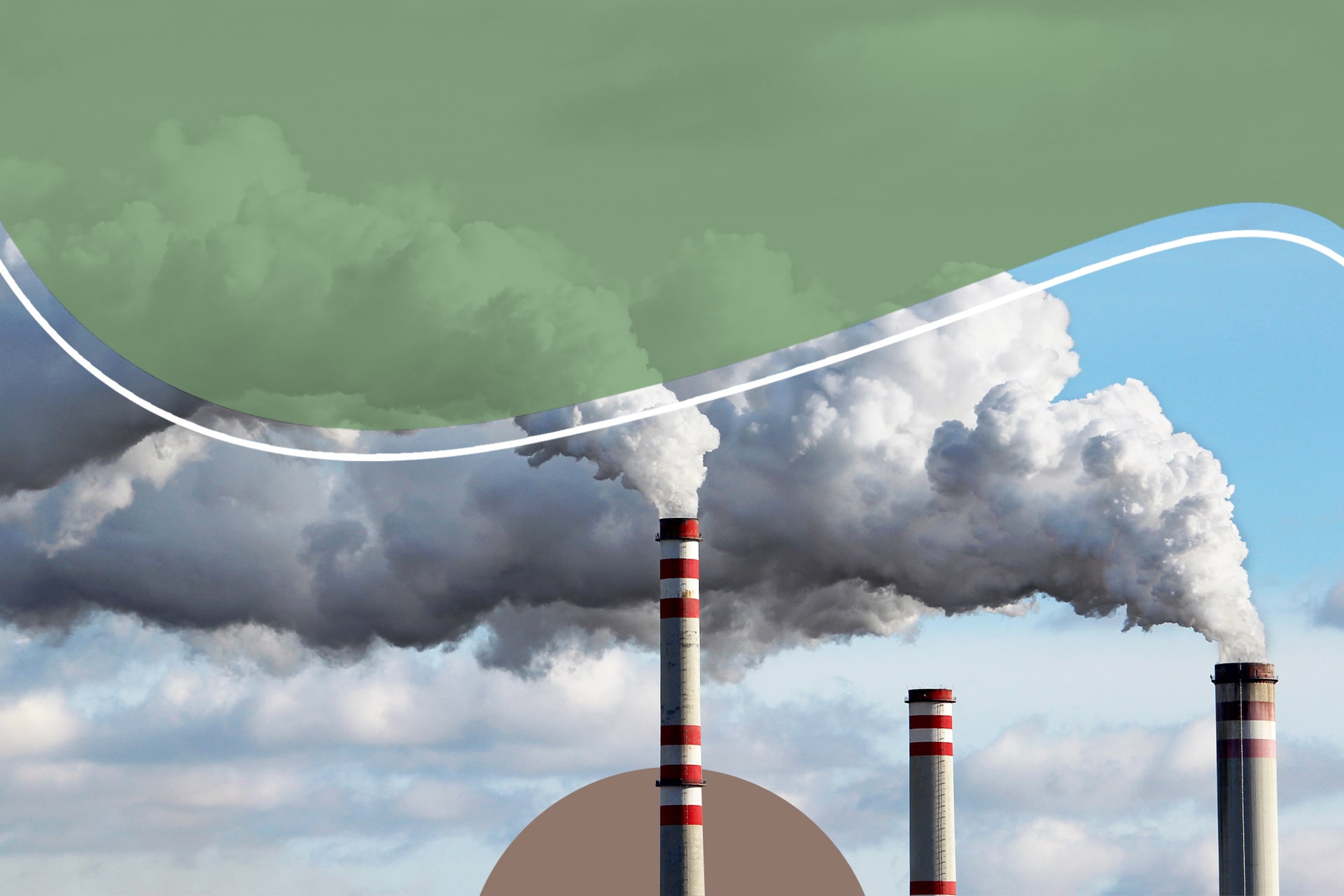
Understanding the Effects of Air Pollution on Human Health
We are reader-supported. When you buy through links on our site, we may earn affiliate commission.
Pollution is hard to escape, no matter where you live. Both indoor and outdoor pollutants have spread to every corner of the world. As levels continue to skyrocket, more people are beginning to notice more negative health effects. A closer look at the six major air pollutants will reveal just how damaging pollution can be. Here are the effects of air pollution on human health.
1. Particulate Matter 2.5
Particulate matter encompasses all particle pollutants in the air, many of which are hazardous to human health. Researchers have repeatedly observed a direct correlation between PM and the progression of lung and heart diseases. However, fine particulate matter — or PM 2.5 — can be even more detrimental to human health because it can travel to the deepest parts of your lungs and even into your blood.
Exposure to PM 2.5 can cause short-term health effects, including eye, nose and throat irritation, which can result in coughing, sneezing and shortness of breath. Long-term exposure will produce more serious effects. Those who already suffer from asthma and heart disease will likely see their conditions worsens. Meanwhile, healthy individuals may also develop chronic heart and lung diseases or cancer, which can cause premature death.
2. Carbon Monoxide
Carbon-containing fuels like wood, natural gas, oil and coal produce carbon monoxide during combustion. Before the industrial revolution, CO wasn’t a concern. Now, cars and power plants create so much carbon that the planet is warming and people are suffocating. In the United States, transportation alone accounts for nearly 30% of these emissions, making it the largest source of CO in America.
Breathing high concentrations of carbon monoxide reduces the amount of oxygen in your bloodstream, which can cause a number of serious health effects. Headaches, chest pain, impaired reaction times, dizziness, unconsciousness and even death are all common side effects of CO poisoning. Very high levels of CO are unlikely in an outdoor environment. However, even small amounts can cause sever problems for people with heart disease and other preexisting health conditions.
3. Ozone
When conditions are right, sunlight reacts with pollutants like carbon monoxide and other vehicle emissions to form ozone. Ozone concentrations are higher at ground level and are a significant factor in causing and worsening asthma. This gaseous pollutant can also cause wheezing and coughing and increase your risk for respiratory infections and pulmonary inflammation.
Within the past few years, researchers have also discovered that inhaling ozone can be deadly. Both short-term and chronic exposure can harm the central nervous system and may cause reproductive and developmental complications. In some cases, ozone has even provoked heart attacks, strokes and congestive heart failure. All of these health issues can result in early death.
4. Nitrogen Oxides
Burning fuel can also release nitrogen oxide. This pollutant often comes from emissions from cars, trucks, buses, power plants and commercial equipment. Breathing air with high concentrations of NO2 can agitate the respiratory system and cause coughing, wheezing and breathing issues. Long-term exposure can also increase your likelihood of developing asthma and contracting respiratory infections.
Sometimes, NO2 and other oxides like nitrous acid and nitric acid interact with water, oxygen and other chemicals to form acid rain. While walking through acid rain may not cause bodily harm, breathing nitrogen oxide particles as the liquid evaporates will likely affect heart and lung function, especially for those who already have asthma.
5. Sulfur Dioxide
Ship engines, diesel equipment, smelting, metal extraction and coal all emit sulfur dioxide into the atmosphere. Natural volcanic activity also accounts for a large amount of SO2 emissions. However, regardless of where this pollutant comes from, it can be detrimental to human health, especially during physical activity.
The resulting symptoms from inhaling too much SO2 include throat irritation, coughing and pain when taking a deep breath. High concentrations can also affect lung function and worsen asthma attacks and other similar conditions. People with lung disease, older adults, active individuals and small children are at higher risk from SO2.
6. Lead
Most people picture lead as a physical element. However, this toxic metal can also end up in the air. At the national level, major sources of lead pollution include ore and metals processing and piston-engine aircraft that rely on leaded fuel to fly. However, incinerators and lead-acid battery manufacturers also produce a fair amount of lead emissions.
Upon inhaling lead, the material will travel to the bloodstream and accumulate in the bones. Depending on concentration levels, lead exposure can adversely affect the nervous, immune, reproductive and cardiovascular systems. Like carbon monoxide, lead also robs the blood of oxygen, which can result in neurological damage, especially in children.
Fighting the Effects of Air Pollution on Human Health
The Environmental Protection Agency, state officials and the national government have already taken steps to reduce air pollution. From reducing energy use to regulating carbon emissions, America is continuously fighting for cleaner air.
However, you can also do your part by minimizing your carbon footprint. Bike to work, shop locally, cut out waste and do what you can to help everyone breathe easier. The planet — and everyone on it — will thank you.
Share on
Like what you read? Join other Environment.co readers!
Get the latest updates on our planet by subscribing to the Environment.co newsletter!
About the author
Jane Marsh
Starting from an early age, Jane Marsh loved all animals and became a budding environmentalist. Now, Jane works as the Editor-in-Chief of Environment.co where she covers topics related to climate policy, renewable energy, the food industry, and more.





